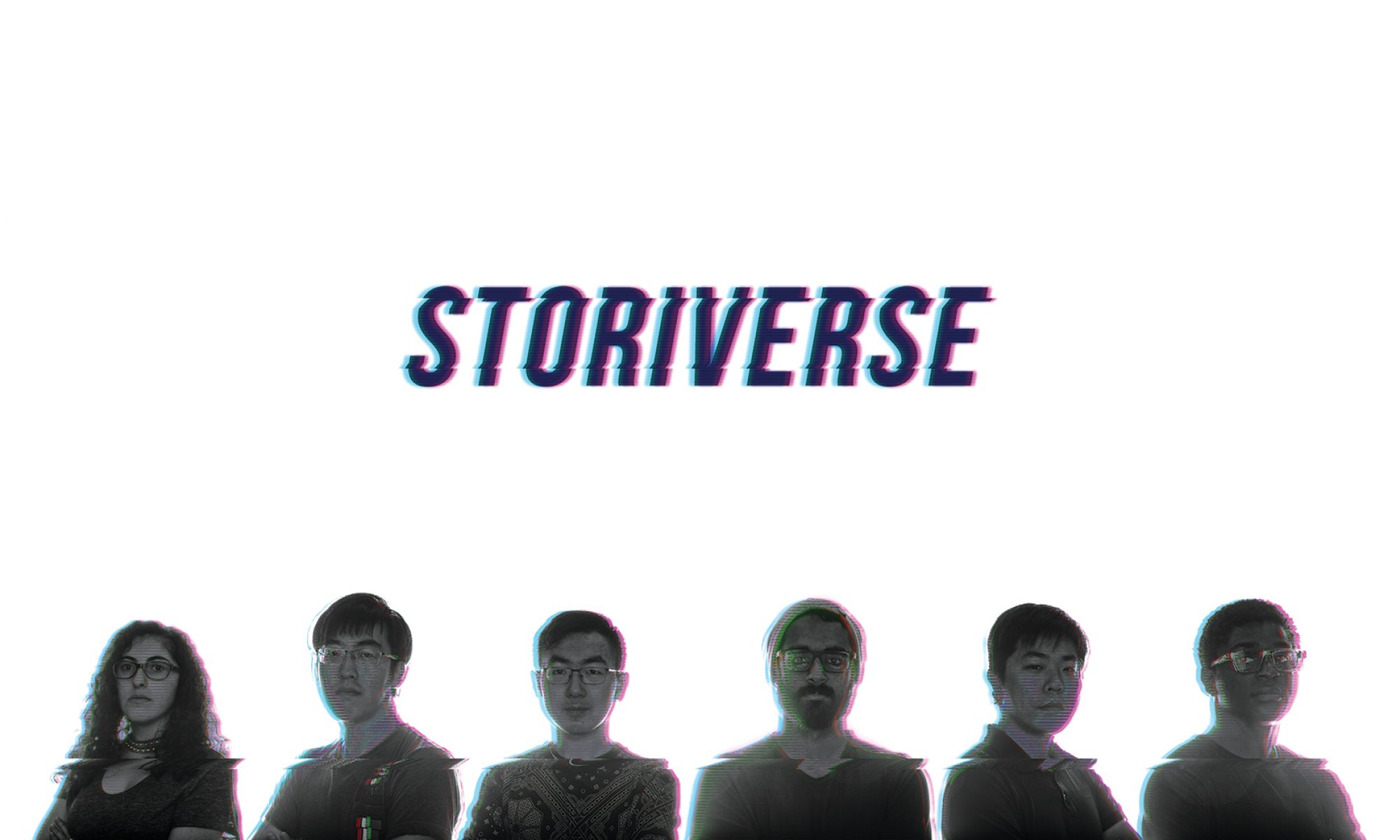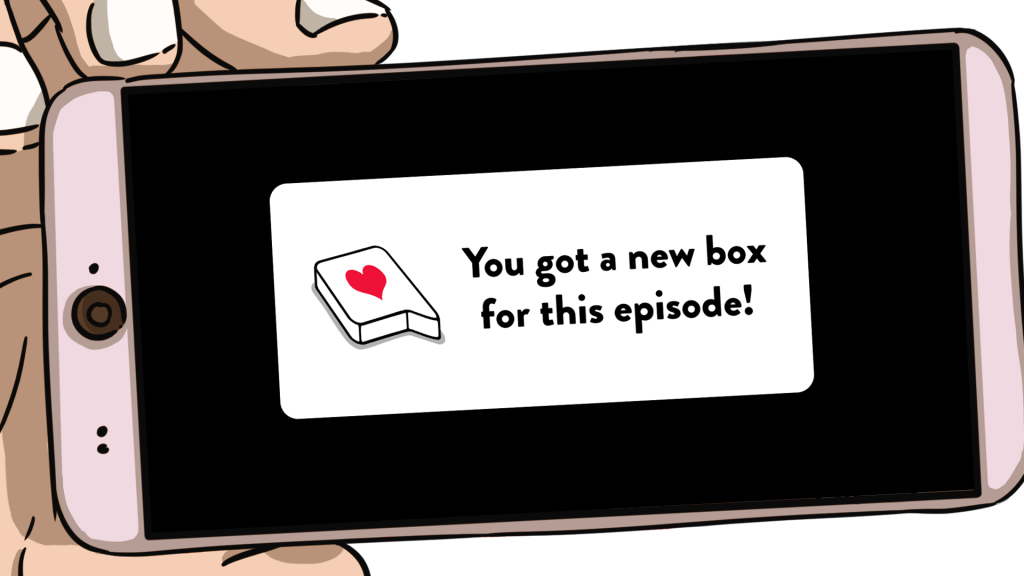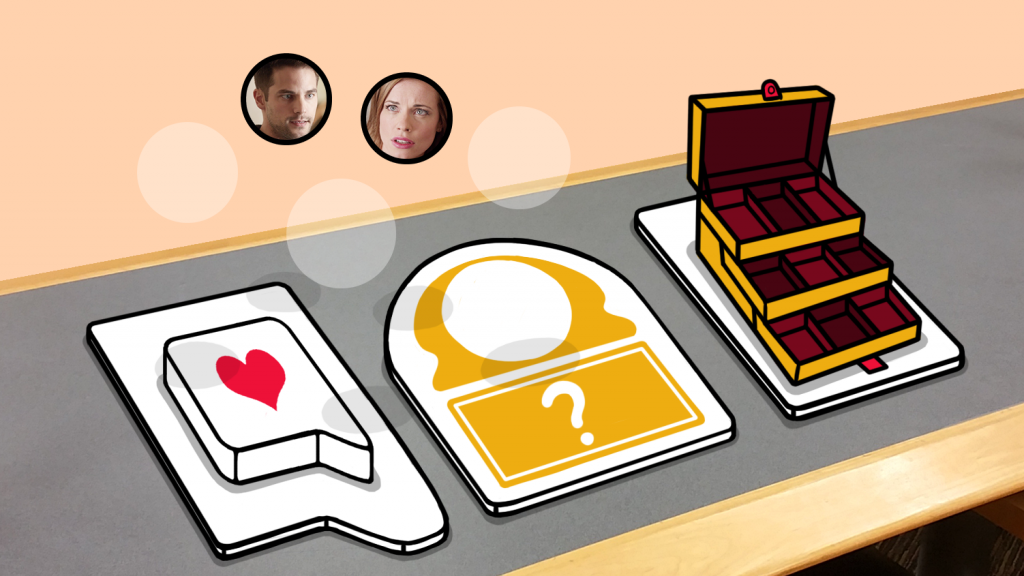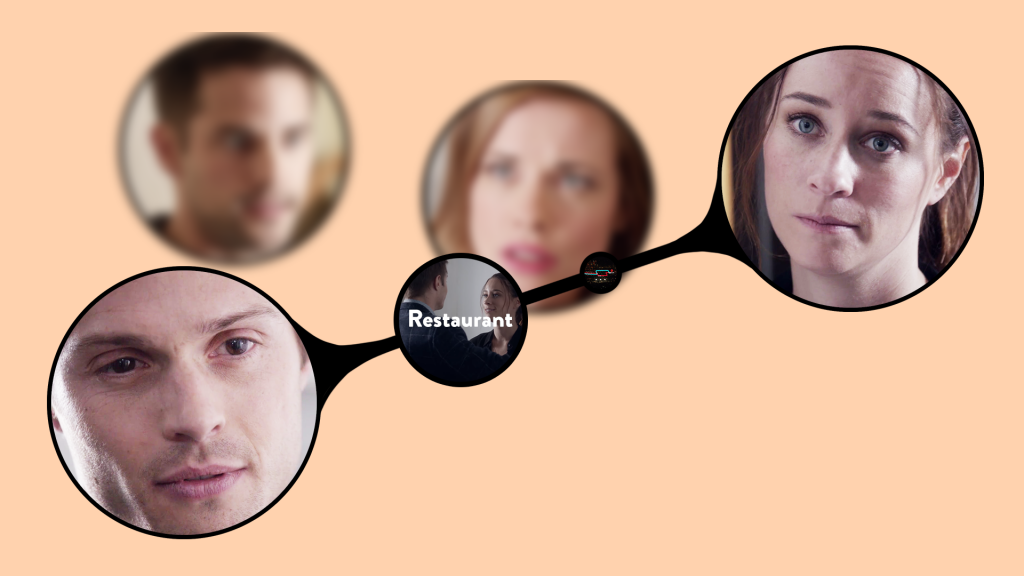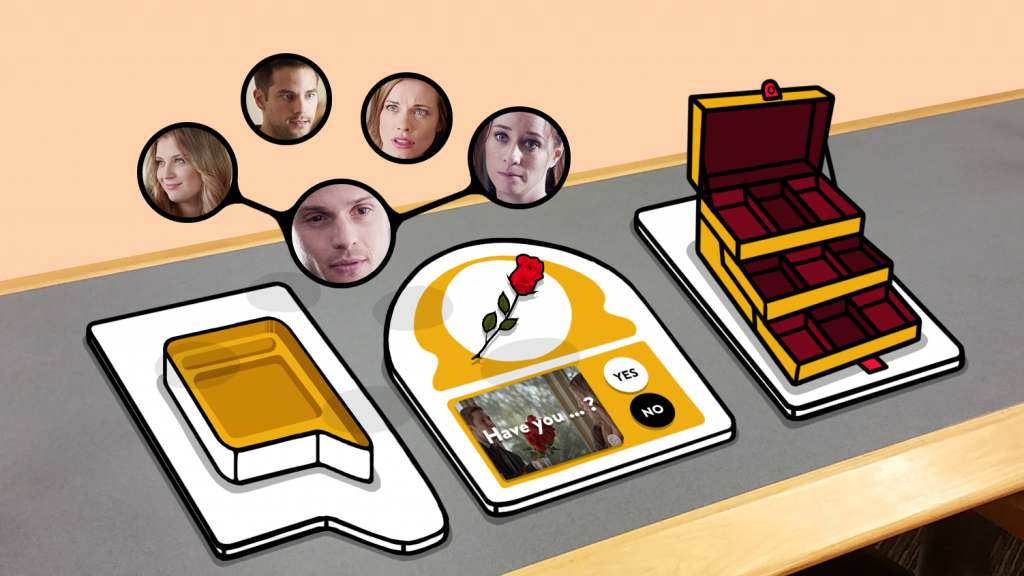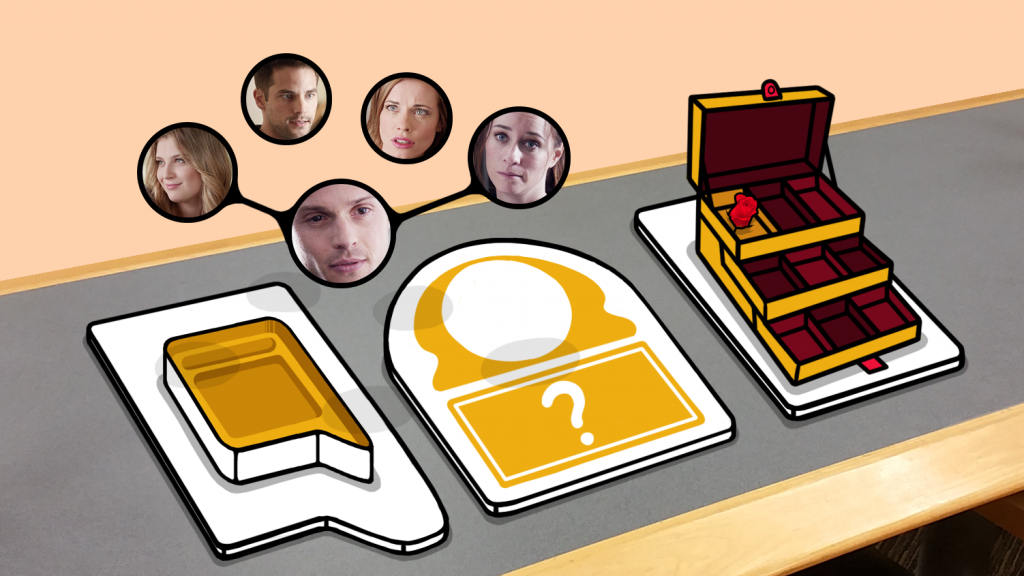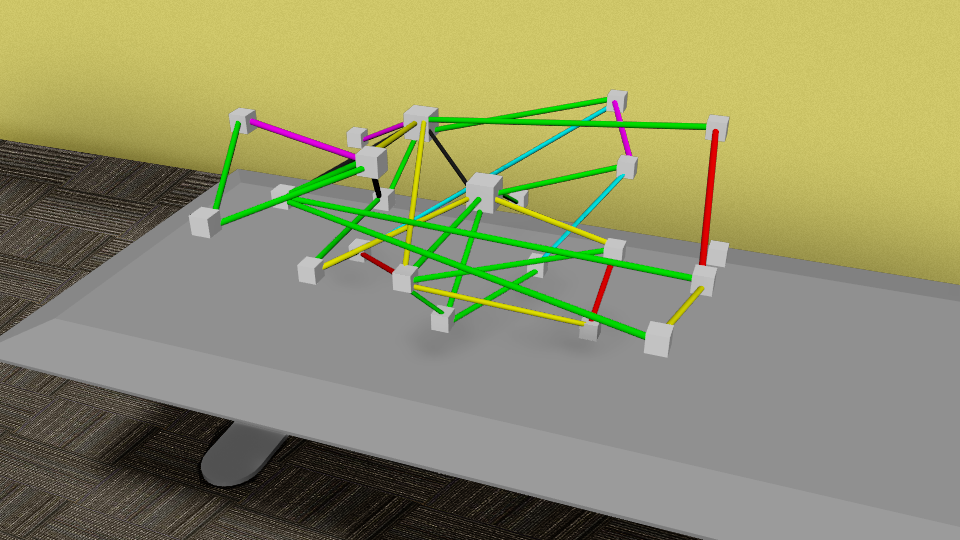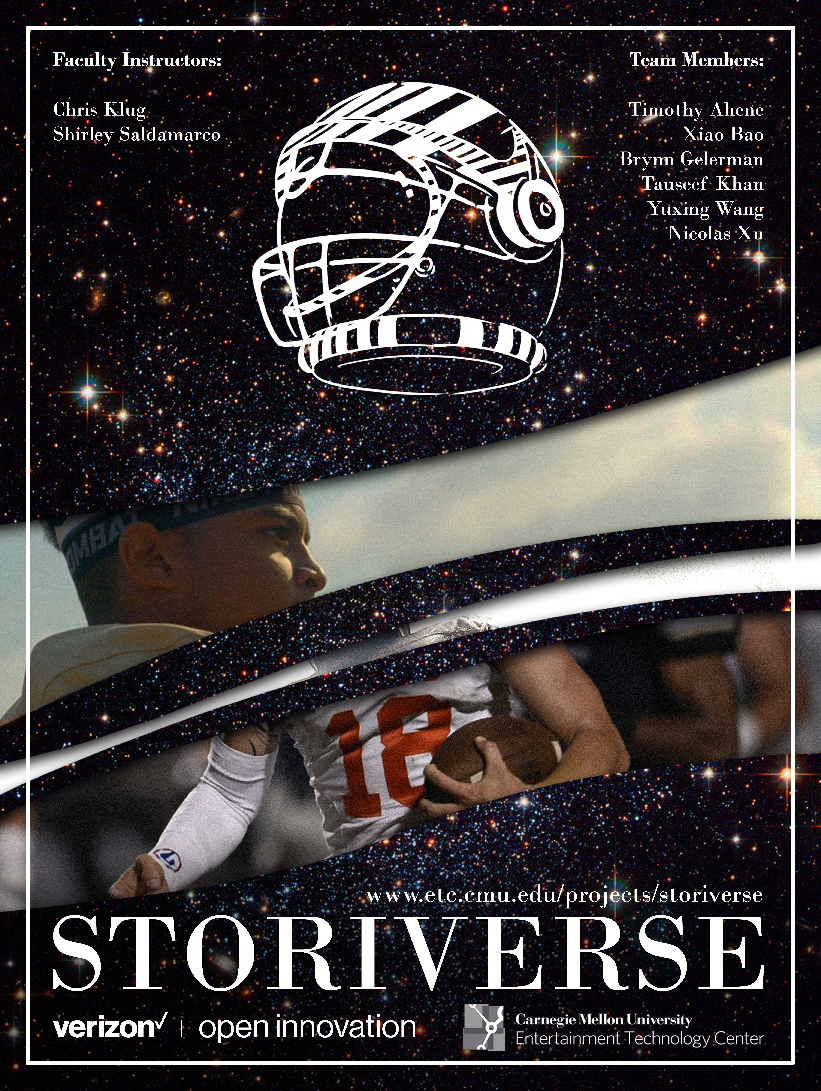This week, we started by laying out a full, beginning-to-end walk-through of our current design. Here is an abridged version of that walk-through:
First, when the user finishes watching an episode of Relationship Status, the following notification will pop up
When the user clicks on this notification, the user will be taken to our AR experience. The user’s first task will be to find a flat surface for the AR experience to center around. Once a flat surface is found, three panels will appear. The panel on the right is for the user’s inventory, which is built to look like a makeup box. The panel on the left is where the new episode’s “loot box” will appear, and the panel in the middle is what we call the “interaction panel.” In addition to these three panels, an incomplete group of characters will appear above the surface. This group of characters represents the characters that to which the user had already been introduced before the new episode. The blank spaces represent the characters that were introduced in the new episode.
When the loot box opens, the user will see orbs representing the new characters, which will automatically fly up and take their places in the floating character group. Additionally, links will form between the new characters that show how each of them are related. If the user inspects a link closely, the user will see important events in the relationship, and be able to watch show clips associated with those events.
In addition to the character orbs, the loot box will also contain one or more objects that were significant in the new episode. By tapping on the object, the user will move it to the interaction panel. Once it is there, the user will be given a question that relates what happened with the object in the episode to the user’s actual life. In the episode we are using for this example, one character bought his girlfriend roses in the hopes that the girlfriend would ignore the fact that he was clearly flirting with their waitress. Thus, a question we might ask for the rose is “The last time your SO got you a present, was it because you were mad?” (The question is not represented in this concept art.)
Once the user selects “Yes” or “No,” they will be able to see how other users have voted on the same question. In addition, they will be able to leave a comment if they wish. Other users’ comments will appear as they are submitted, so the user will be able to write a comment that responds to other user answers if they wish. Then, the rose will go to the user’s inventory.
A week after the episode airs, if the user goes back to the inventory and selects the rose again, they will be able to see some of the top comments that answered the question associated with the rose. We hope that the “top comment” mechanic will encourage more people to leave a comment than would otherwise, as this mechanic is used by various successful YouTube personalities to encourage their viewers to leave a comment.
After agreeing that this walk-through represents a good base for our experience, our programmers and artists set to work prototyping as much of the functionality as possible. While this prototype is not complete, it does represent a major jump forward from last week.
Finally, we also spent some of this week prepping for our halves presentation, which is next week. During the presentation, we will show our faculty members what we have accomplished so far, and get feedback as to where we should go next. Wish us luck!
